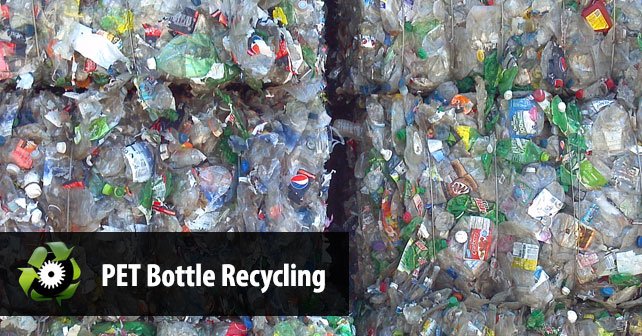Understanding Plastic Bottles
Plastic bottles are everywhere. They hold our water, soda, and even cleaning supplies. Because they are made of plastic, they can last a long time. This is good for holding liquids but bad for our environment. When we throw away plastic bottles, they can end up in landfills or the ocean. To help reduce this waste, we use plastic bottle recycling machines.
The First Step: Collection
To begin recycling, we need to collect plastic bottles. People gather them from homes, schools, and businesses. These bottles are then taken to a recycling center. This center is a place where recycling machines are kept. At the recycling center, the first machine helps to sort the bottles. It separates plastic bottles from other materials like glass or metal. It is important to have only plastic bottles so the recycling process works well.
Cleaning and Preparing
Once sorted, the bottles need to be cleaned. This step is very important because dirty bottles can ruin the recycling process. The machine uses water and soap to wash the bottles. Any labels or caps are also removed at this stage. After cleaning, the bottles are dried. Now, they are ready for the next step.
Shredding the Bottles
The cleaned bottles go into a machine called a shredder. The shredder breaks the bottles into small pieces called flakes. These flakes are much easier to handle than whole bottles. Think of the shredder like a big pair of scissors that cuts the bottles into tiny bits. After shredding, the flakes might still have some leftover dirt or labels. So, they go through another cleaning process.
Melting the Plastic
Next, the clean flakes are heated in a special machine. This machine is called an extruder. The extruder melts the flakes into a liquid form. This is because plastic can be melted and reshaped. The melted plastic is then formed into new shapes. These shapes can be long strands, similar to spaghetti. These strands are cooled down and cut into small pieces called pellets. Pellets are small, easy-to-handle pieces of plastic. They are ready to be used to make new plastic products.
Making New Products
The pellets are sent to factories. These factories use the pellets to create new plastic items. These items can be new bottles, bags, or even clothing. The whole process starts again when these new products are used and collected for recycling.
Why Recycling Matters
Recycling plastic bottles is very important. First, it helps save space in landfills. Landfills are areas where we throw away our garbage. If plastic bottles end up here, they take up a lot of space and do not break down easily. Second, recycling helps protect our oceans and wildlife. Many plastic bottles end up in the ocean. This is harmful because animals can get tangled in plastic or mistake it for food. Third, recycling saves resources. Making new plastic from old bottles uses less energy than creating plastic from new materials. This is good for the environment because it reduces pollution and saves energy.
Challenges in Recycling
Recycling is not always easy. Sometimes, bottles are not clean enough or are mixed with other materials. This can make the recycling process difficult. People need to know how to sort and clean their bottles before recycling them. Also, some places do not have good recycling systems. This means bottles might still end up in the trash. To fix these problems, everyone needs to work together. People should learn how to recycle properly, and communities should improve their recycling programs.
The Future of Recycling
Looking ahead, we can make recycling even better. New technologies can help make the process faster and more efficient. Education is also key. If more people understand how important recycling is, they will be more likely to participate. We can also find ways to reduce the amount of plastic we use. For example, we can use reusable bottles instead of single-use plastic ones. By doing these things, we can help keep our planet clean and healthy.
Understanding how plastic bottle recycling machines work helps us see the value in recycling. From collecting and cleaning to shredding and melting, each step is crucial. These machines turn old bottles into new products, saving space in landfills, protecting our oceans, and conserving resources. Although there are challenges, with better education and technology, recycling can continue to improve. Everyone can make a difference by recycling their plastic bottles properly. Let’s work together to make our world a better place!



